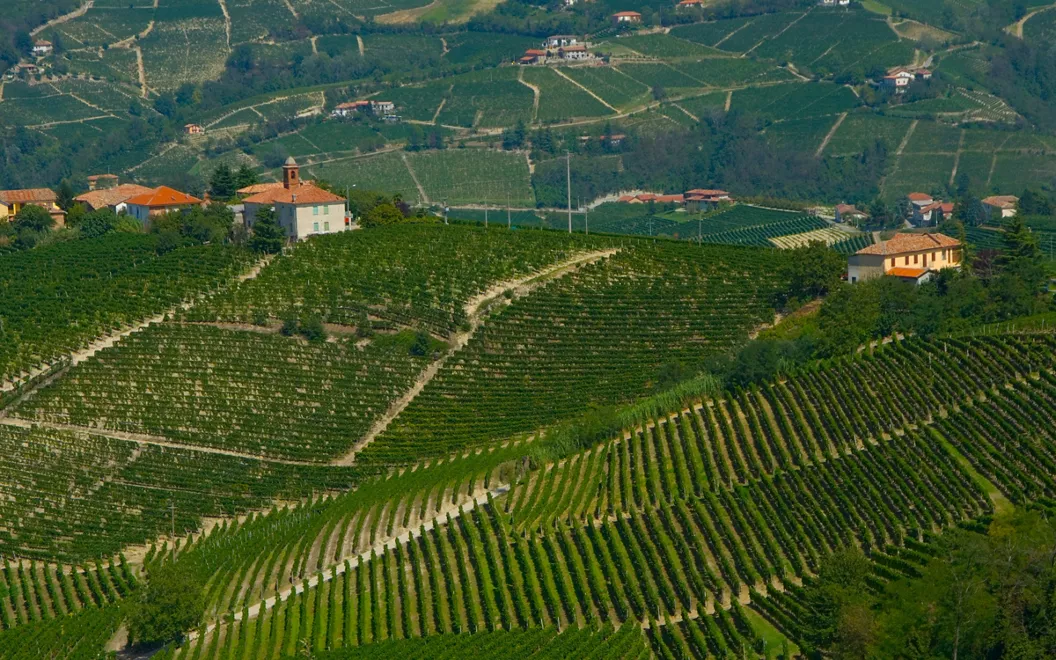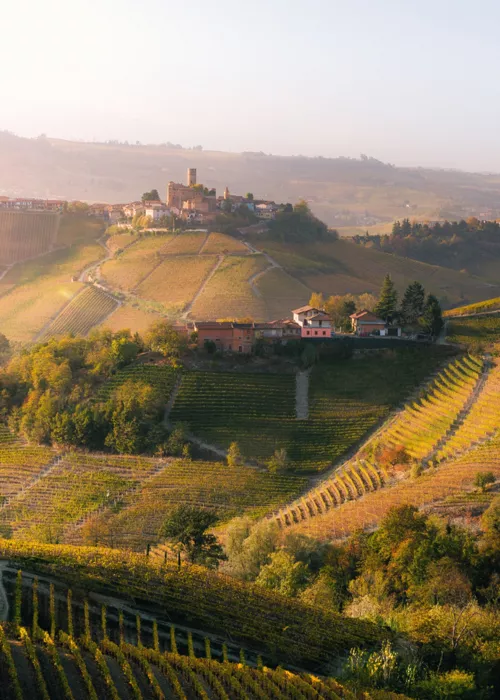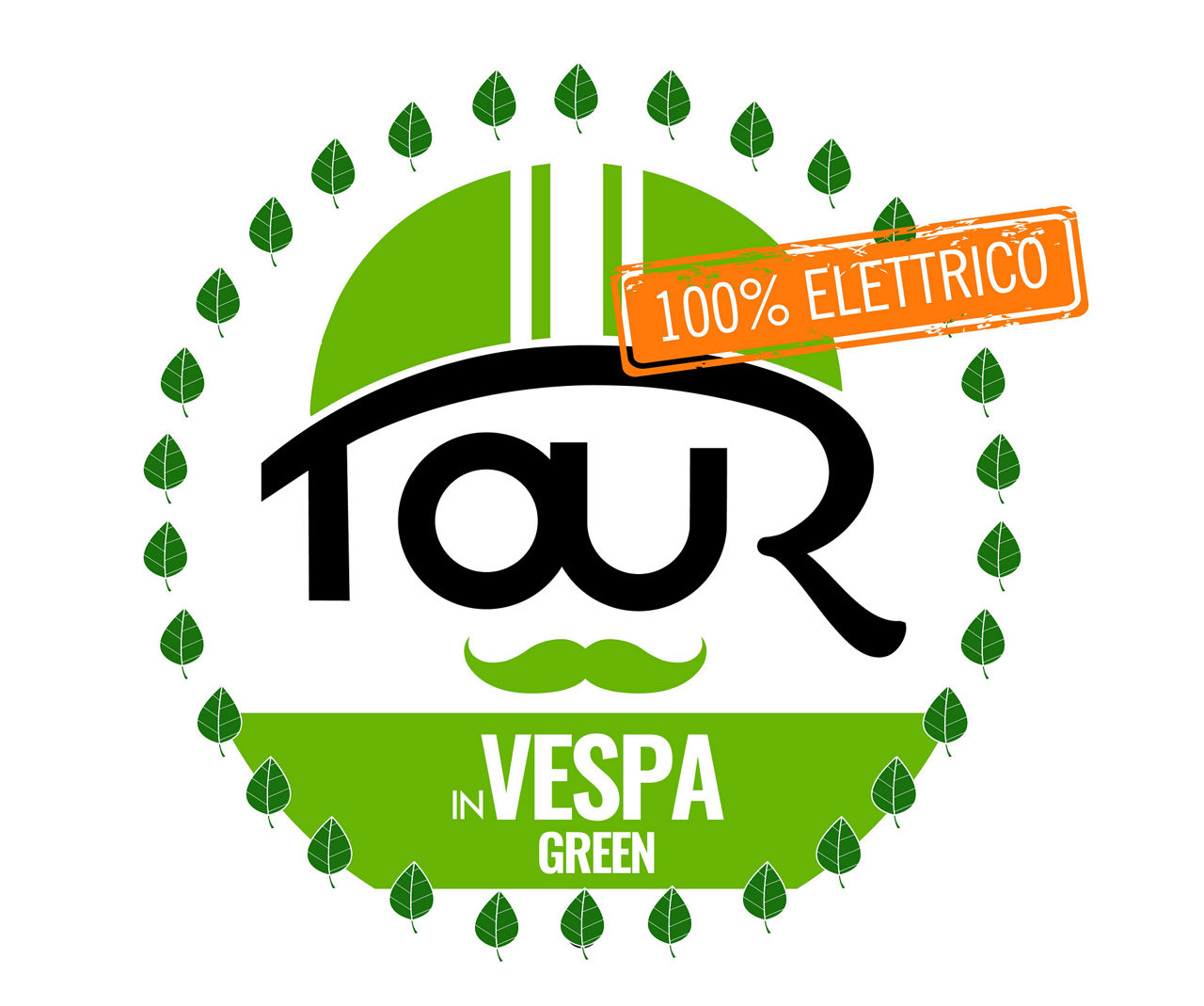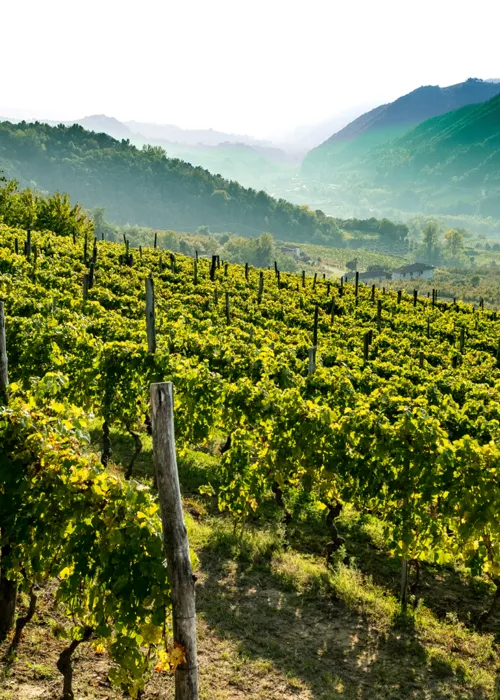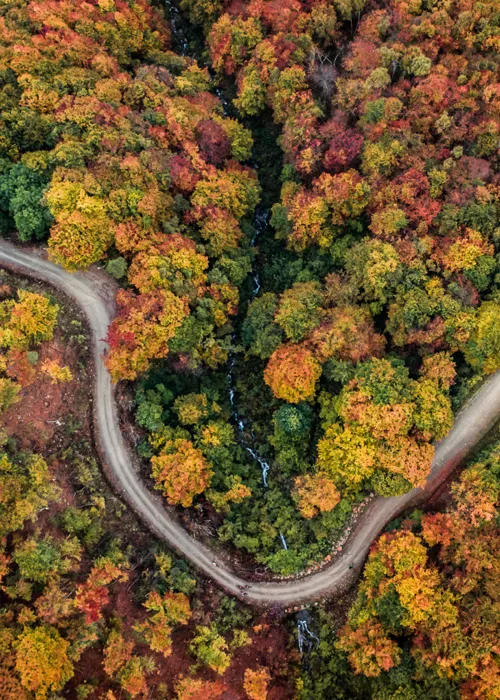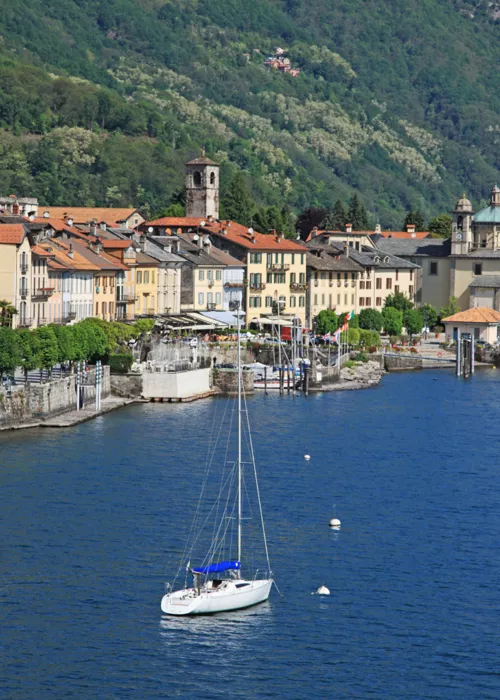Serravalle Scrivia

The highway from Milan to Genoa brushes the town of Serravalle Scrivia, a few minutes before crossing the mountains of the Ligurian Apennines. Popular as a shopping mecca, due to its outlet that hosts the stores of major brands, this small town on the banks of the River Scrivia is an excellent starting point for a cycle tour of Upper Monferrato. From here you can easily head west, moving away from the plain in the direction of the lush countryside of Gavi, Ovada and Acqui Terme.
Serravalle Scrivia, like most of Upper Monferrato, remained for a long time in the hands of the Republic of Genoa, which entrusted its possession to the aristocratic families of the Spinolas and, later, of the Dorias.
The region, however, was already well known in Roman times, as it was located along the Via Postumia which, horizontally linked the Ligurian Sea to the Venetian lagoon. To learn more about what the banks of the River Scrivia must have looked like in ancient times, you can cycle to the Libarna Archaeological Area, just south of the historic centre of Serravalle Scrivia.
A theatre, a forum and a large amphitheater stood out in the districts of the ancient city of Libarna. Few traces of the splendor of the past have remained, but a visit to the archaeological area helps the traveler imagine the typical appearance of a city from the Roman era.
Gavi

From the Libarna Archaeological Area, it's only a few minutes by bicycle to Gavi, surrounded by rows of vines as far as the eye can see. When harvested, the white grapes of the local Cortese vines produce a fresh and delicate wine, appreciated and exported all over the world, flavoured by the maritime wind, the marin, which blows from Liguria over the Apennine valleys.
Stretching out from Piazza Dante, the city's main meeting point, towards the alleyways of the historic centre of Gavi, you'll find houses and squares shaped in decidedly Genoese style: the normally subdued colours of Piedmontese buildings are replaced here by a mosaic of bright colours, alternating in different shades of green, red, yellow and pink. When you can already see the bank of the Lemme stream, the Romanesque portal of the church of San Giacomo Maggiore shines before your eyes, embellished with sacred sculptures and flanked by an imposing bell tower.
It is difficult for the traveller, approaching Gavi, not to be surprised by the immense size of the fort overlooking the town. The events that led to the construction of the Fort of Gavi are linked to the centuries-old military tensions between Genoa, Milan and Turin. Once they had occupied the trade routes between the sea and the River Po, between the 16th and 17th centuries, the Genoese built this threatening and impregnable defensive structure. Compared with the gentle, bucolic surrounding landscape, the cyclopean dimensions of the Fort of Gavi create a discordant and contrasting image, which remains etched in the memory.
Ovada

The road from Gavi to Ovada, which passes through the villages of Mornese and Tagliolo Monferrato along a stretch of about twenty kilometres, features quite evident changes in altitude. Here you ride uphill and also downhill, in the footsteps of great cyclists of the past, such as Costante Girardengo and Fausto Coppi, who were natives of these lands.
The majestic white facade of the Shrine of Nostra Signora della Guardia, just past the historic centre of Gavi, indicates that you're on the right track.
Along the way, you could mistakenly think you are seeing an incredible optical illusion when, at the top of the highest hills, benches of immeasurable size appear before your eyes. These massive and colourful wooden constructions are part of the Big Bench Community Project, a regional enhancement initiative that for some years has been placing giant benches in highly panoramic sites around Italy.
Once you have passed the village of Bosio, between one hairpin bend and the next, you will see signs leading to the Capanne di Marcarolo Nature Park. Those with more stamina could take this detour and find themselves immersed in a landscape dotted with artificial lakes and forests, the same forests that once supplied the Genoese shipyards with timber.
Ovada looms on the horizon throughout the journey, and eagerly awaits the traveller to tell its story. Its historic centre, triangular in shape, lies within the point where the Stura torrent meets the River Orba. A stroll through the town could begin from Piazza Castello, the last outpost before the confluence of the two rivers. From here, the white steps of Via Roma climb up towards the parish church of Nostra Signora Assunta.
Enveloped by a maze of lanes, which once again recalls the architectural style of Ligurian villages, the shops and small stores in the centre of Ovada preserve the authentic soul of the town, which can be savoured in its food and wine specialities. A main feature on the culinary scene are agnolotti in meat broth, to be finished off strictly with a glass of Dolcetto d'Ovada, a delicious red wine, the boast of an entire community.
Trisobbio

After passing the various waterways around the historic centre of Ovada, it is now time to cycle uphill, for a short stretch of seven kilometres, to Trisobbio, 341 metres above sea level, the medieval pearl of Upper Monferrato.
The historic centre of the village features a unique structure in three concentric circles: from the lowest streets of the town there are steep alleys, surrounded by small buildings of the local aristocracy, such as the De Rossi-Dogliotti building, which houses the municipal administration. At the top stands the evocative crenellated shape of the castle, a city symbol. From the panoramic points in Trisobbio the view, on clear days, extends as far as the alpine peaks.
Around the old village centre, vines for the production of Dolcetto d 'Ovada alternate with hazelnut trees and woods that green the landscape. In the autumn season, the soil has an abundance of precious white truffles, a key ingredient of Piedmontese tagliolini and risotto recipes.
Acqui Terme

A landscape once again dominated by vineyards, medieval fortresses and the giant benches of the Big Bench Community Project, accompanies the traveller through the last fifteen kilometres of this cycle tour.
Beyond the villages of Morsasco and Visone, the road continues along a flat stretch to the town ofAcqui Terme. The massive arches of the ruins of the Roman aqueduct flank the spans of the Carlo Alberto bridge which, having crossed the course of the Bormida river, leads to the historic centre of the town.
As its name clearly indicates,
Acqui Terme has always had a privileged relationship with the waters of Upper Monferrato. Around the end of the nineteenth century, the curative waters from the town's springs began to attract visitors and holidaymakers, but the town was already well known in Roman times for its beautiful baths. It also seems that Queen Cleopatra particularly appreciated the aphrodisiac vinum acquense , a light and aromatic wine, the ancestor of what is now called Brachetto d 'Acqui.
The streets of the town seem to converge towards the two monuments most symbolic of its identity: the Bollente spring, from which bubbling waters flow at a temperature of around seventy-five degrees, and the Cathedral of Santa Maria Assunta, resting at the centre of a charming perspective ascent. The sacristy of the church reveals a sensational artistic masterpiece, a painting by the fifteenth-century masterBartolomé Bermejo. It is natural to wonder what the link was between a Spanish painter and Upper Monferrato: it seems that a rich local merchant was able to commission this work from one of the greatest artists of the time, later donating it to the city.
But the wider centre of Upper Monferrato has no shortage of other attractions, such as the Acqui Terme Archaeological Museum, housed in the halls of the Palaeologus Castle, or theFountain of the Water Lilies, a rather recent sculpture that effectively portrays the link between Acqui Terme and its waters even now. Alternatively, a good idea is to dedicate your soul and body to a relaxing session of thermal treatments: all the more worthwhile after the many kilometres spent on the saddle in Alto Monferrato.


